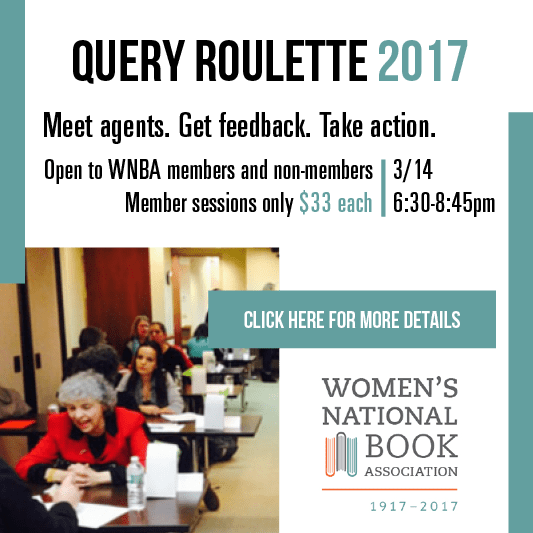On Wednesday, November 11, 2015, the WNBA-NYC chapter partnered with Pace University’s Dyson College to present the panel titled “Women Writing about the Environment: Strong Voices Impacting Change.” Andrew Revkin, Senior Fellow for Environmental Understanding at Pace University, moderated the panel that consisted of five strong-voiced women who each spoke about their environmental passions and the ways in which their art explains these passions to the world. The panel featured Marina Zurkow, Eve Andree Laramee, Amy King, Melanie Dupuis, and Irene O’Garden, all artists and writers with the strong wills of scientists. The science world needs more women like these five to speak fervently about environmental crises, and certainly there are. As Andrew Revkin joked, many have claimed the lack of women in science issue as a “Manthropocene,” cleverly playing off the word of “anthropocene,” the time period that began when human activities began to hugely impact the global environment. With women like those who spoke at this panel, we can rest assured that a “Manthropocene” is farther off.
The first half of the night consisted of each artist showcasing their favorite works and what these works meant to them. Marina Zurkow, Professor in the Interactive Technology Program (ITP) at NYU, led the panel with a taste of her own visual work. Through simple yet beautiful animations, Marina invites viewers to watch their own environmental impacts unfold. Eve Andree Laramee, Professor and Chair of the Department of Art at Pace University, spoke next about her research of the abandoned uranium mines in the United States. With an abstract video titled “Uranium Daughters” playing behind her, Eve read from one of her works that reflected the intensity of the elements left behind from the decomposing uranium and all of their harmful effects. Amy King, Professor of Creative Writing at SUNY Nassau Community College, described herself and fellow environmental poets as “ecopoets.” Amy stressed the challenge of writing about difficult topics in ways that the public can understand them. Melanie Dupuis, Professor and Chair of Environmental Studies and Science at Pace University, discussed her position as a Political Agro-Ecologist and her studies of the social history of food. It is interesting to think how much food can indeed mirror the politics of a specific time or people. Irene O’Garden, poet, playwright, performer, and author, took the podium last. Irene described her mission to bring her love of the environment along with her love of words to children. Irene and those at the Hudson Highlands Land Trust have created fun and educational classes such as River of Words that connect children to our water sources.
Science is often a difficult topic to convey to those who aren’t well versed in the complexities of the subject. However, it is science, and especially the environment, that those who understand it the least should be most targeted in terms of enlightening them. We as humans need to know about what is going on in our environment, and what our world is trying to tell us. The greatest obstacle is how to get these difficult topics across and how to make people truly feel something about them. The idea here is to allow art and creativity to tell the tough stories. The trick is to make the art—in any shape or form—become haunting enough that it leaves people thinking and talking about it. That struck me the most during the panel, the idea that in order to relate tough, complex issues, the art had to move from being “enchanting” to being “haunting.” The level of urgency society has for the environment is not high enough; but the panelists hope to increase that urgency through what all humans can understand—art.








